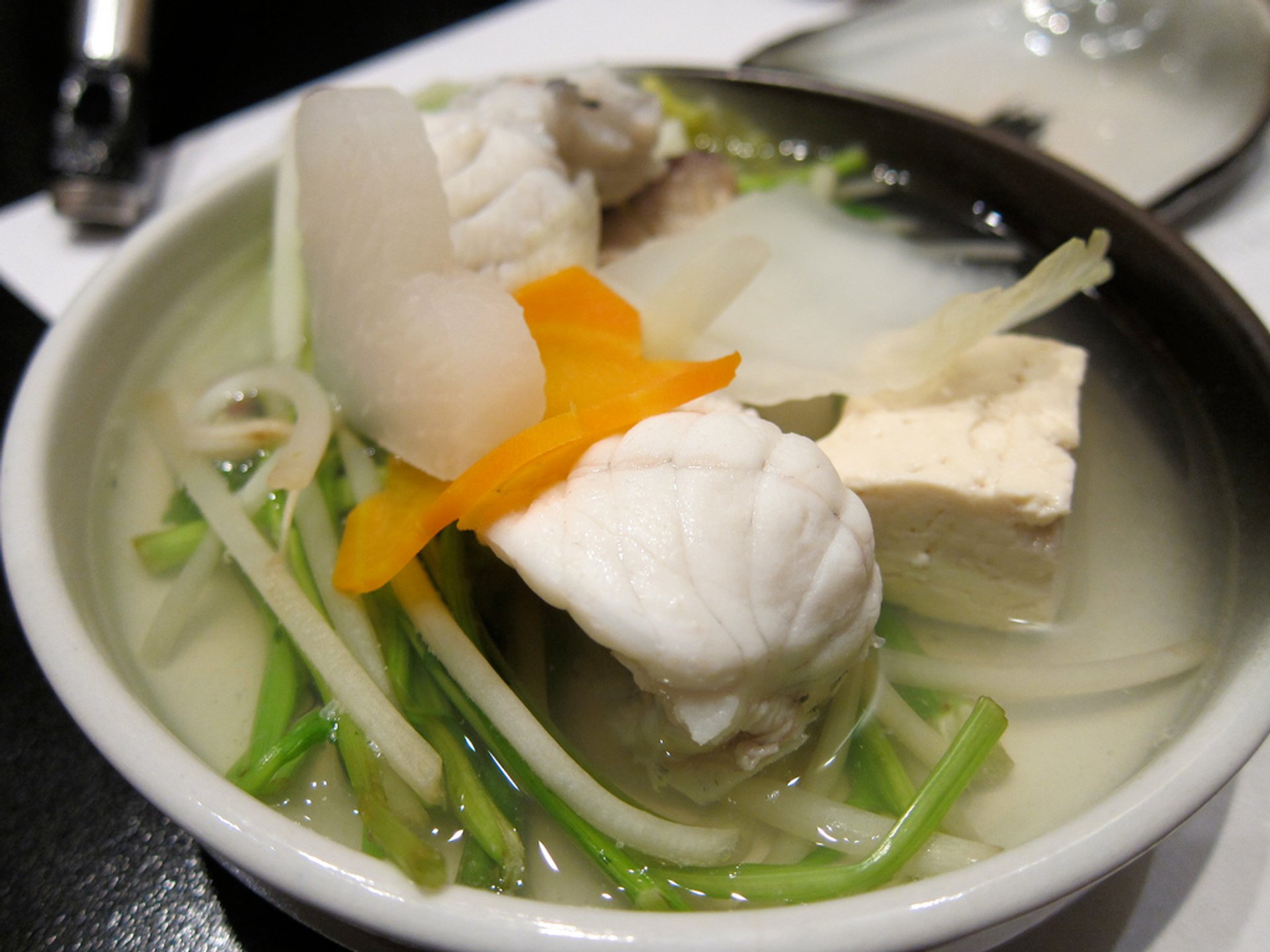

While there are conflicting theories as to how the toxin comes to be in the fish’s glands, the theory that the poison proliferates in the fish by way of its consumption of starfish, mollusks, and worms is the one that is held by aqua farmers, because the bacteria that produces tetrodotoxin is found in all these creatures. With the advent of aquaculture, the cultivation of the puffer fish that is absent of the tetrodotoxin is becoming more prevalent. This stringent policy is to make the consumption of fugu as safe as it can possibly be for the public, but the element of danger is what draws many people to this most unusual morsel. Even with this intensive training, only about 35 percent of students pass the requirements to be licensed.
BLOWFISH FUGU LICENSE
Even in modern day Japan, it is the only seafood that the Emperor must abstain from, to ensure his safety.Īlthough it is a highly demanded delicacy, there is a very specific method of preparation, and chefs must undergo a two to three year apprenticeship to attain the license to prepare and serve the fish in a commercial market. Throughout its history, the puffer fish has climbed and fallen through various levels of esteem, even being banned for more than two centuries in Japan under Tokugawa Shogunate rule. It turns out that some humans are more intrigued by risk than others, and so began the Eastern tradition of consuming puffer fish, or fugu, as it is called in Japan. With a list of side effects like these, you’d think this fish would be kept off the table, right? To make matters worse, there is no known antidote to the poison. Tetrodotoxin is a powerfully lethal neurotoxin that effectively renders its victims paralyzed due to the role it plays in blocking nerve function, eventually causing respiratory failure and asphyxiation, but with a catch - you are conscious the entire time your body is shutting down. In addition to this defense, it is thought to be the second most poisonous vertebrate creature in the entire world due to a substance contained within its fragile organs: tetrodotoxin.
BLOWFISH FUGU SKIN
This species is part of a large family of fish who employ similar methods to ward off predators, which is the inflating of its stomach with water (or air), causing the skin to expand like a balloon and wield its spiny needles that resemble a porcupine’s. We’ve seen it in pictures, books, and movies, and it never fails to elicit a reaction from those who view it: the inflation of the Tetraodontidae, commonly known as the puffer fish or blowfish.


 0 kommentar(er)
0 kommentar(er)
